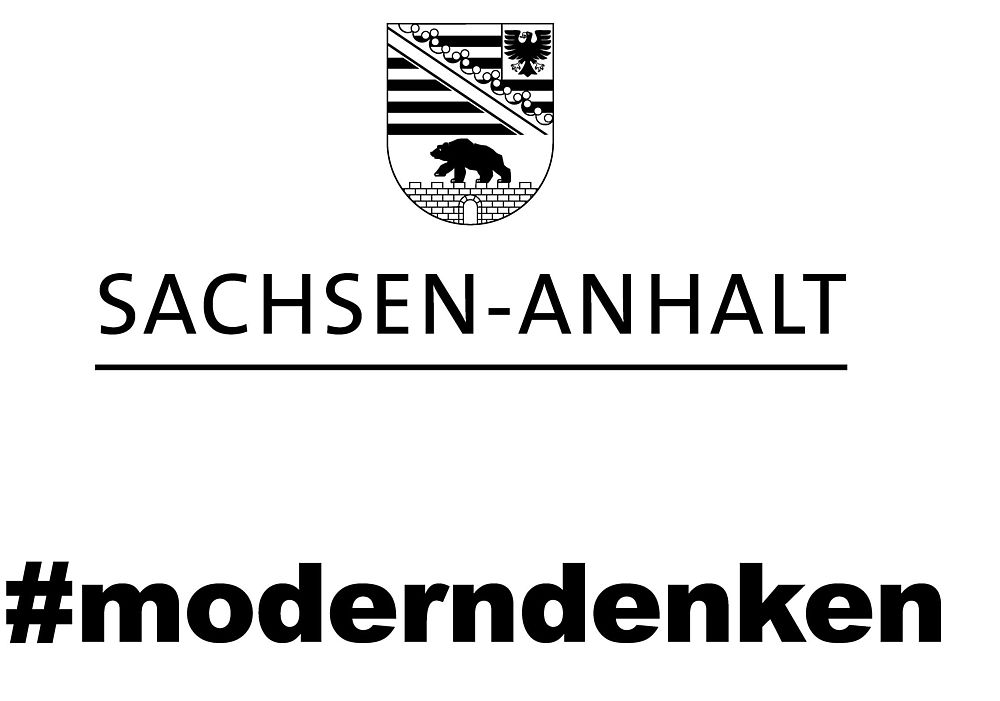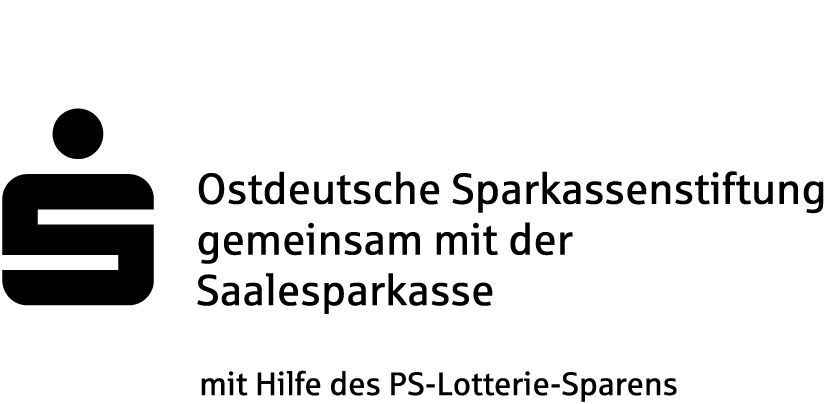Willi Sitte
Sitte‘s World. Willi Sitte: The Retrospective
Willi Sitte came to Halle (Saale) after the end of the Second World War in 1947 on behalf of the SED regional leadership of Saxony-Anhalt and began to qualify as a painter in the environment of Burg Giebichenstein, having already trained intensively in drawing in the years before 1940 and having achieved a high level of proficiency in this field. In Halle (Saale), he was one of the artists who, after the end of the "Third Reich", expedited a new artistic beginning with a conscious link to Modernism, which had been outlawed as "degenerate" between 1933 and 1945. Together with artists such as Hermann Bachmann, Herbert Kitzel and Kurt Bunge, he determined the art scene in the city on the Saale, among others as a member of the artists' association Die Fähre (The Ferry).
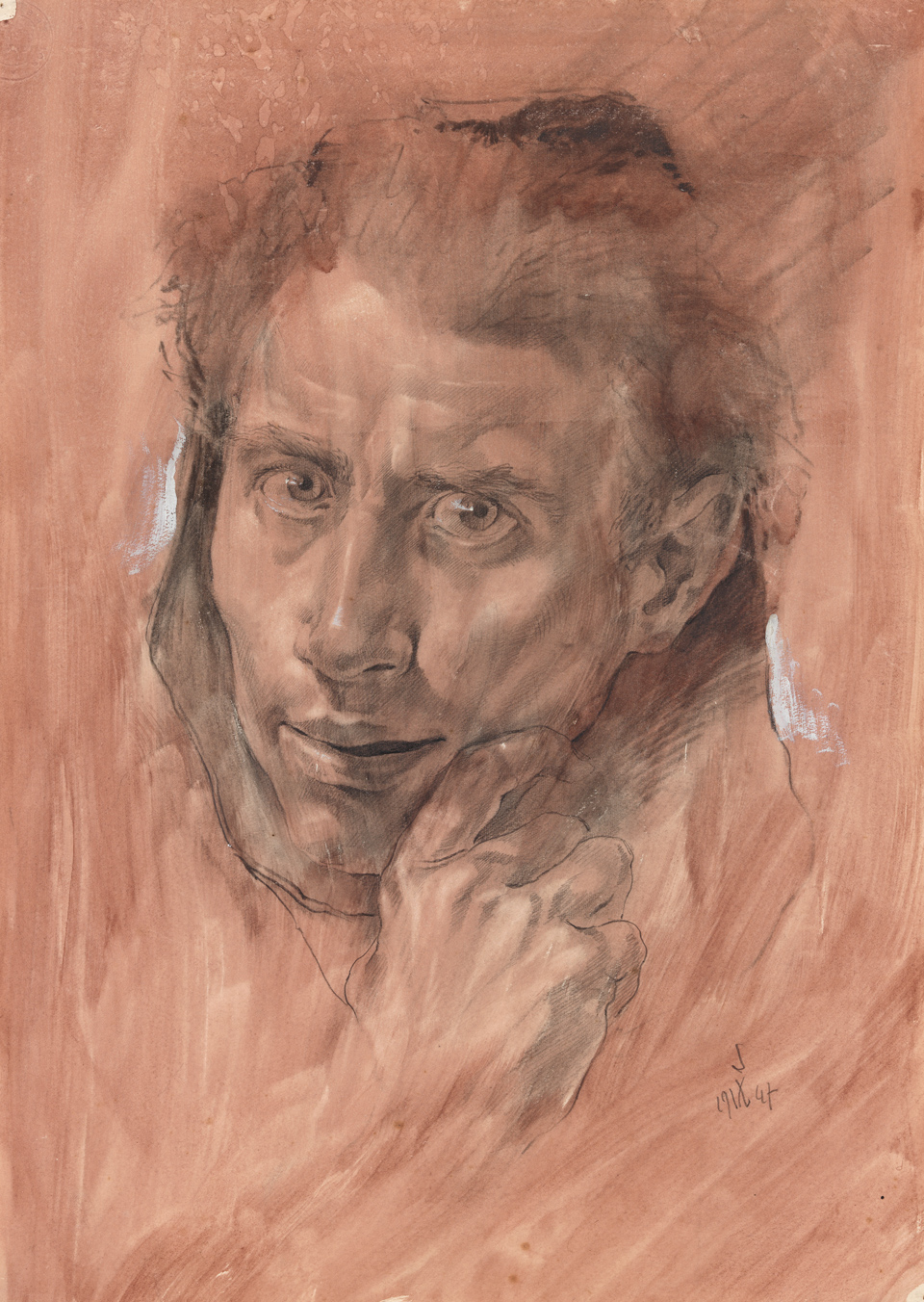
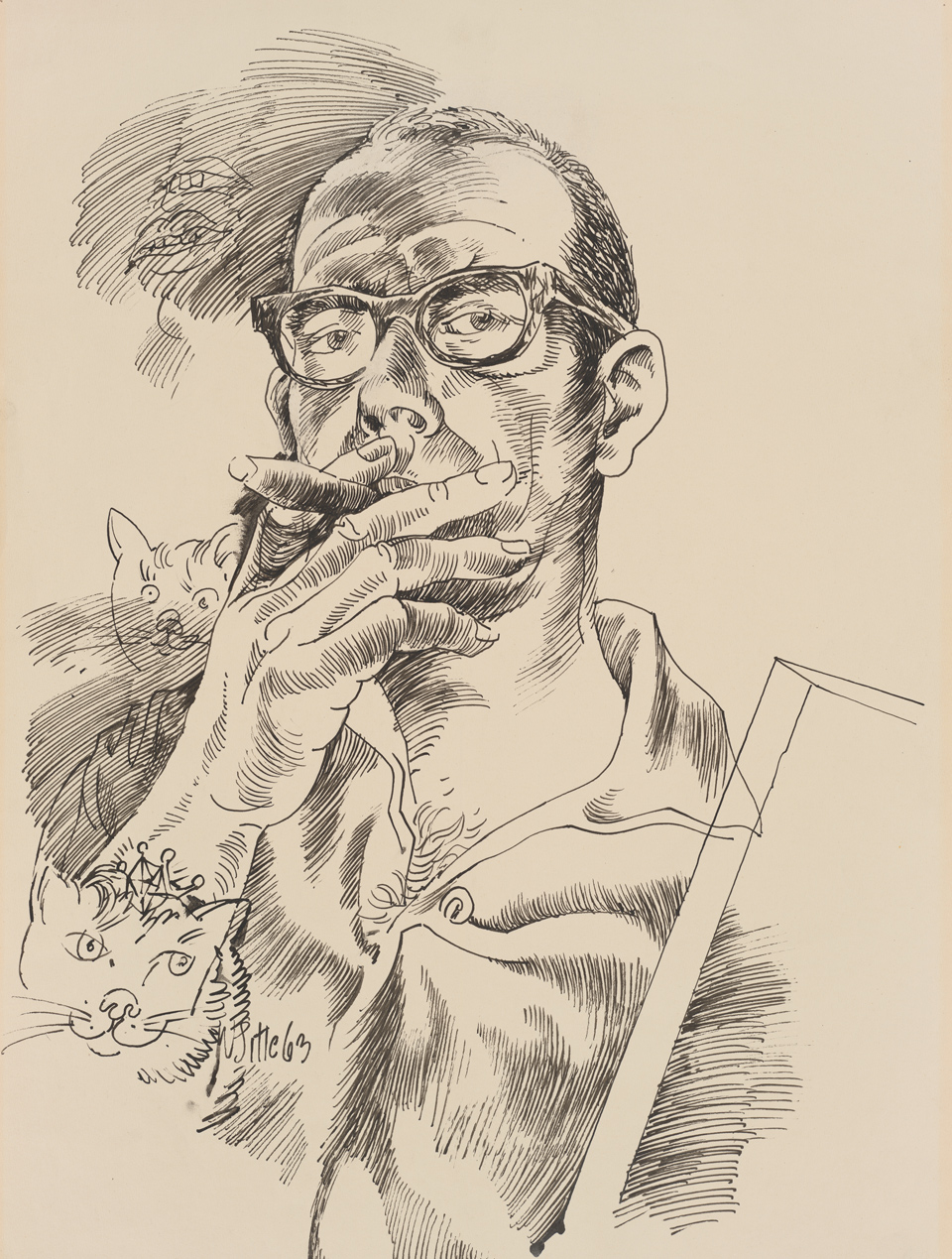
The teaching assignment he received from the art school at Burg Giebichenstein in Halle in 1950 marked the beginning of Willi Sitte's career as a university teacher and person responsible for the training of young artists in the GDR until his retirement in 1986 (from 1952 permanently employed as a lecturer, entrusted with the exercise of a professorship in 1959, from 1964 as professor of textile design, from 1972 as director of the section of fine and applied arts, from 1973 as professor of painting, from 1974 with the supervision of master students). After initially working in basic studies, he built up the textile design department from 1953/56. At the same time, his free artistic work was constantly criticised until well into the 1960s as not conforming to the norms of the demanded Socialist Realism in the course of and in the aftermath of the formalism discussion that took place around 1950.

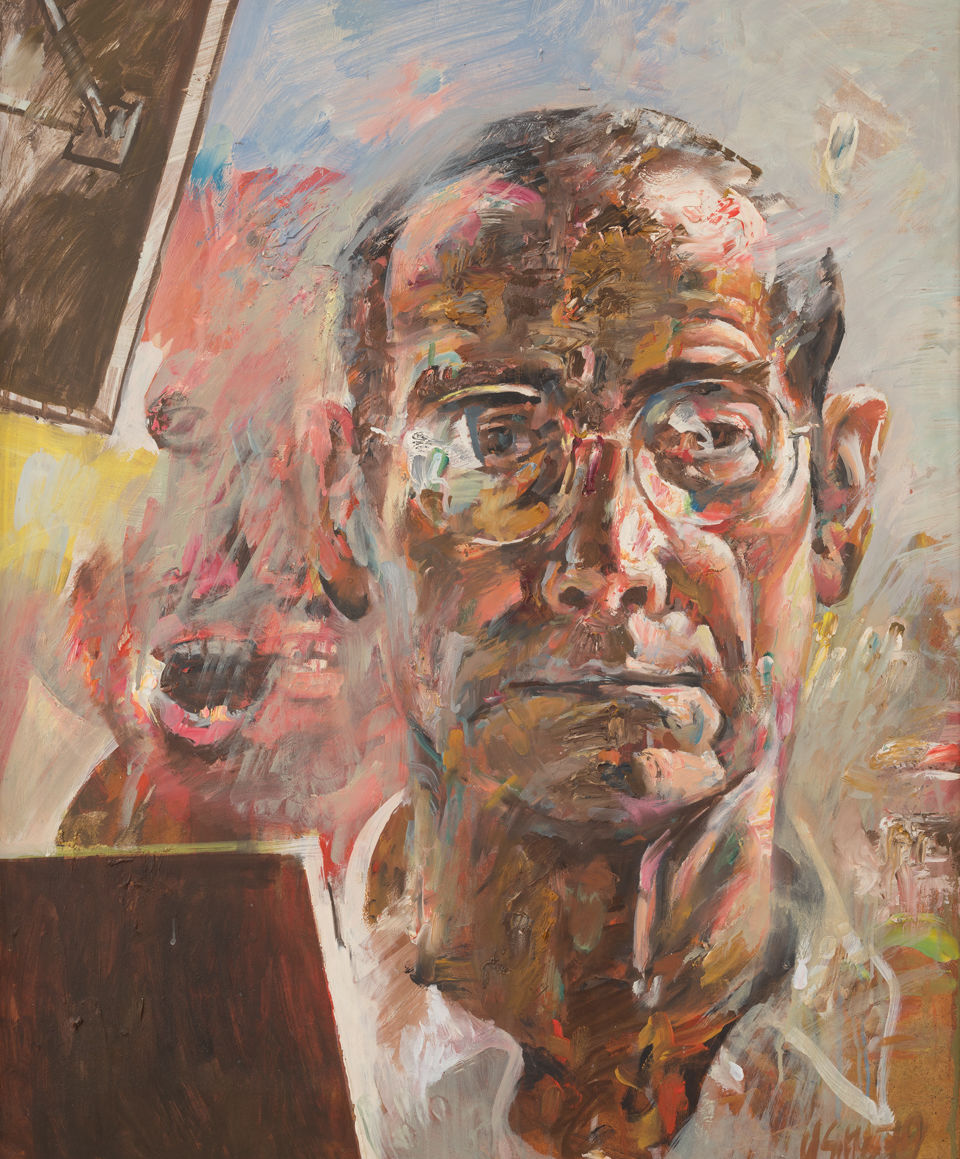
The artist's struggle with the party and the party with its painter culminated for the first time in 1961 in two suicide attempts followed by party proceedings and finally in early 1963 with the self-criticism demanded by the party, which he made publicly in the daily press in February 1963. In the summer of 1963, he was given his first solo exhibition in the GDR (Angermuseum, Erfurt).
During these years of crisis, Sitte maintained contacts with artists in the FRG (Munich, tendenzen (tendencies) artists' group) and was friends with the lyricist couples Sarah and Rainer Kirsch and Christa and Gerhard Wolf – as well as with Wolf Biermann, whom he repeatedly invited to readings at Burg Giebichenstein. On the question of the friends' position on the Prague Spring of 1968, opinions differed, and on this issue, at the latest, they parted company.
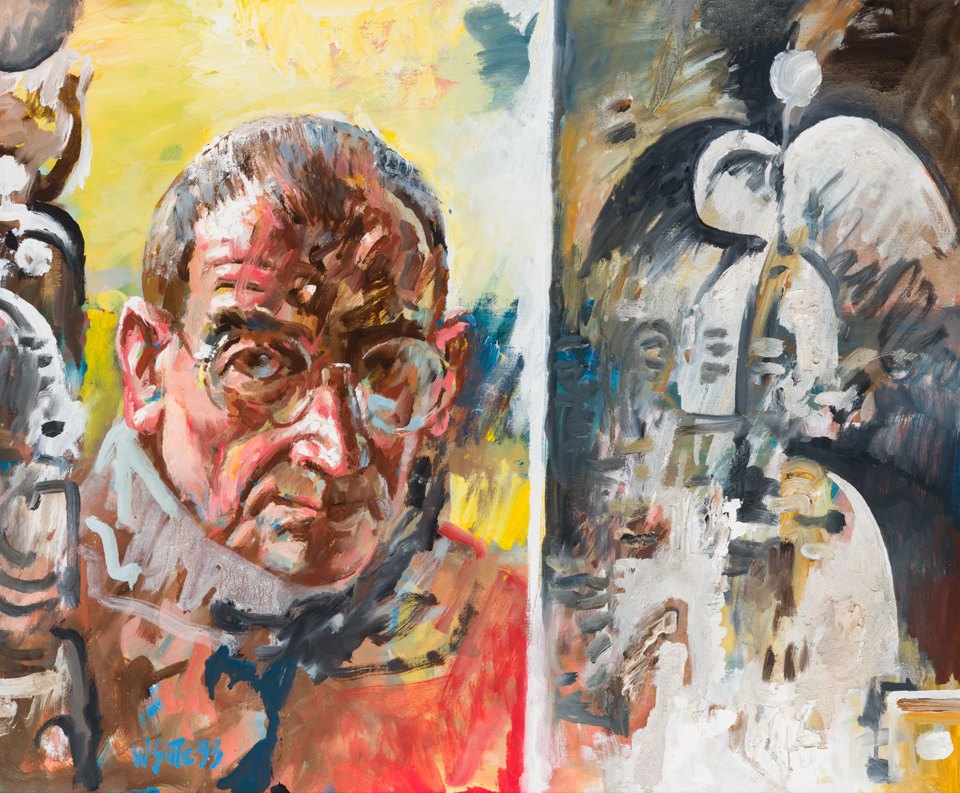
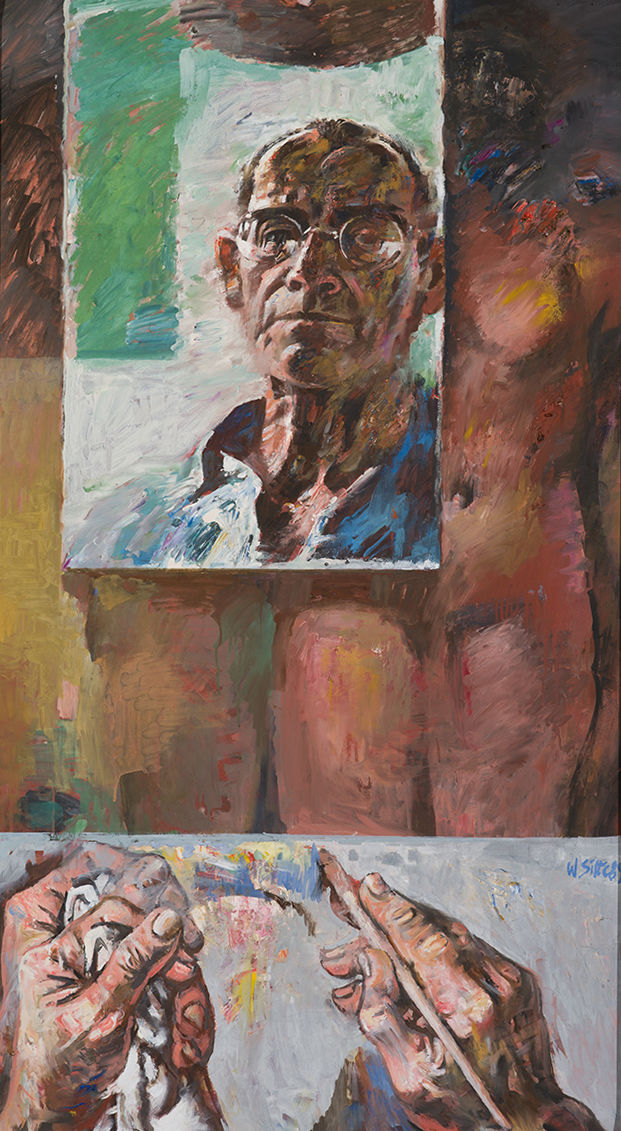
Willi Sitte's active cultural-political engagement began with his election to the central board of the Association of Visual Artists in the GDR (Verband Bildender Künstler, VBK) in 1964. Until the end of the 1960s, persistent public criticism by the party of the direction of his artistic work went hand in hand with public acknowledgements and honours of his person (among others: 1964 Art Prize of the GDR, 1965 Fatherland Order of Merit, 1969 appointment as a full member of the Academy of Arts in the GDR). With his political career (1970 vice-president of the VBK, 1974–88 president of the VBK, 1976–90 member of the People's Chamber of the GDR, 1986–90 member of the Central Committee of the SED), Sitte developed into one of the most influential artists and cultural politicians in the state during Erich Honecker's era until the collapse of the GDR in 1989.
With the friendly support of
In cooperation with

Partner

SITTE'S WORLD
Willi Sitte: The Retrospective
03.10.2021 — 06.02.2022
Curators
Thomas Bauer-Friedrich and Dr. Paul Kaiser, Dresden, with the collaboration Dr. Eckhart Gillen, Berlin, and Dr. Dorit Litt, Bonn
The exhibition will be on view in an adapted version at the Museum de Fundatie in Zwolle, the Netherlands, in 2023.


